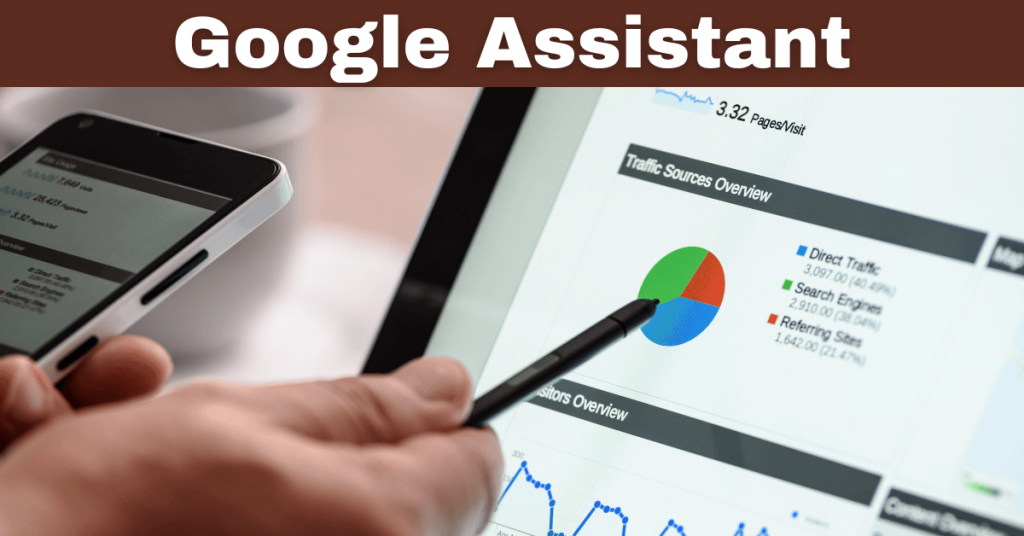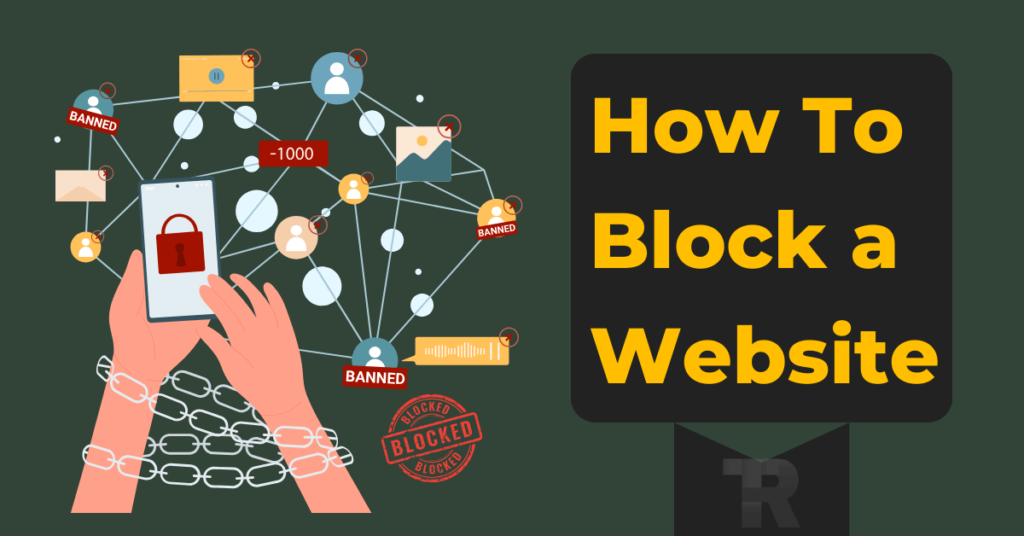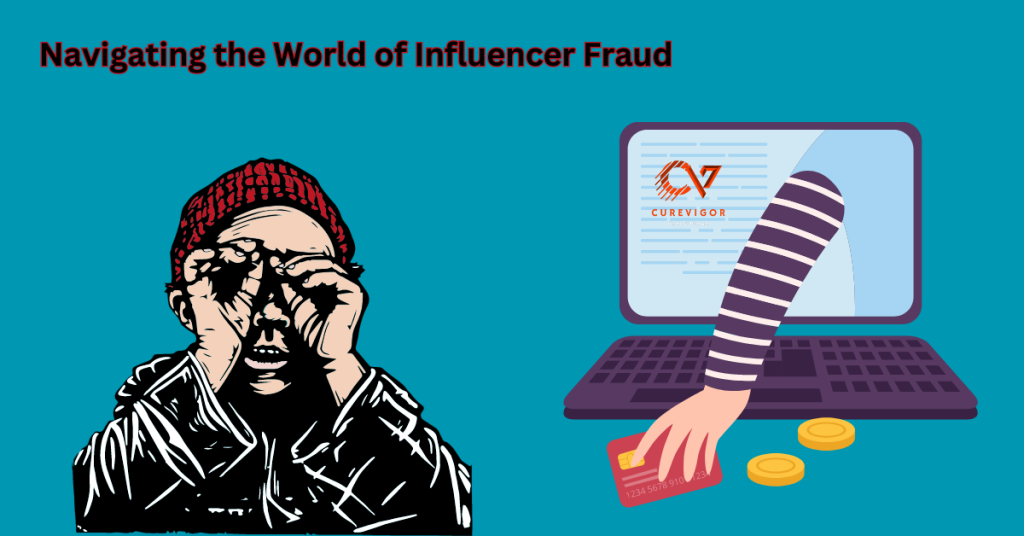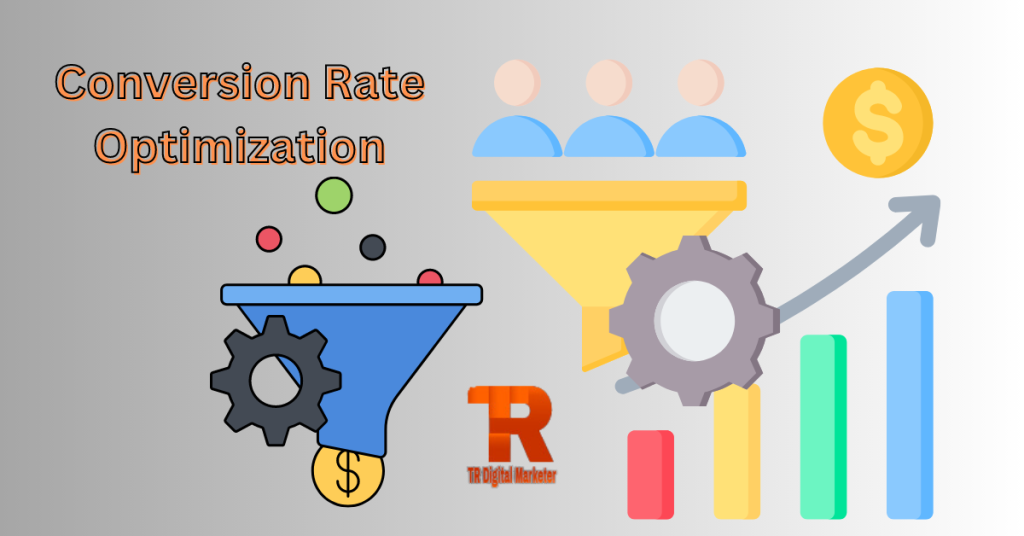The History of Defense Day and Its Significance for Pakistan
The History of Defence Day and Its Significance for Pakistan Explore the history and significance of Defence Day in Pakistan. Learn about its origins, celebrated heroes, and the enduring patriotic spirit that unites the nation on this important day. Introduction Defence Day holds a special place in the hearts of Pakistanis, a day when the nation comes together to commemorate the valiant efforts of its armed forces. In this comprehensive article, we will delve deep into the history of Defence Day and unravel its profound significance for Pakistan. From its inception to the celebrated heroes who defended the country, we will paint a vivid picture of this crucial day in Pakistan’s history. The Birth of Defense Day Defence Day, also known as Yom-e-Difa(یوم دفاع), is observed on the 6th of September every year. This day marks the anniversary of the 1965 Indo-Pak War, a momentous event that tested Pakistan’s resilience and determination. It was on this day that the Indian forces launched an attack on Pakistan, seeking to undermine its territorial integrity. However, with unwavering courage and tenacity, Pakistan’s armed forces repelled the aggression, preserving the nation’s sovereignty. Celebrated Heroes Major Aziz Bhatti Shaheed One of the most celebrated heroes of Defense Day is Major Aziz Bhatti Shaheed. His unwavering commitment to defending his motherland made him an iconic figure. Stationed in the Burki area, Major Aziz Bhatti displayed unparalleled bravery during the 1965 war. He sacrificed his life while defending his post, earning the Nishan-e-Haider, Pakistan’s highest military award. Rashid Minhas Shaheed Another name etched in the annals of Defense Day history is Rashid Minhas Shaheed. At the young age of 20, Pilot Officer Rashid Minh thwarted an attempt by a fellow pilot to hijack an aircraft. Rather than surrendering his plane, he chose to crash it, sacrificing his life to prevent his aircraft from falling into enemy hands. The Significance of Defence Day Commemorating Sacrifice Defense Day is not just a day of remembrance; it is a day of honoring sacrifice. It serves as a reminder of the countless soldiers who laid down their lives to protect Pakistan’s borders. Their gift underscores the importance of unity and resilience in the face of adversity. Patriotism and Unity This day fosters a sense of patriotism and unity among Pakistanis. It reminds the nation of its strength when united. Citizens from all walks of life come together to pay tribute to the armed forces and reaffirm their commitment to safeguarding Pakistan’s sovereignty. Strengthening National Resolve Defense Day bolsters the national resolve to defend Pakistan against all threats. It sends a clear message to adversaries that the Pakistani nation stands united and resolute in the face of any challenge. FAQs What is the origin of Defense Day in Pakistan? Defence Day originated from the 1965 Indo-Pak War, which saw Pakistan successfully defend its borders against Indian aggression. Who is Major Aziz Bhatti Shaheed, and why is he celebrated on Defence Day? Major Aziz Bhatti Shaheed is celebrated for his bravery during the 1965 war, where he defended his post with exceptional courage and received the Nishan-e-Haider for his sacrifice. Why is Rashid Minhas Shaheed remembered on Defence Day? Rashid Minhas Shaheed is remembered for sacrificing his life. Because he prevented the hijacking of his aircraft during the 1971 war. How do Pakistanis celebrate Defence Day? Pakistanis commemorate Defence Day by attending special ceremonies, visiting the graves of martyrs, and participating in patriotic events that highlight the importance of unity and sacrifice. What is the message of Defence Day? Defence Day conveys a message of unity, patriotism, and unwavering resolve to defend Pakistan against any threat. How has Defence Day evolved over the years? Defence Day has evolved into a symbol of national pride and unity, with increased participation from citizens and a more substantial commitment to safeguarding Pakistan’s sovereignty. Conclusion The history of Defence Day and its significance for Pakistan go hand in hand, reflecting the nation’s commitment to preserving its sovereignty and honoring the sacrifices of its armed forces. This day serves as a testament to the resilience, unity, and unwavering patriotism that define Pakistan. As we celebrate Defence Day each year, we not only pay homage to our heroes but also reaffirm our dedication to safeguarding the nation against all odds. Read more articles on Daily Life









